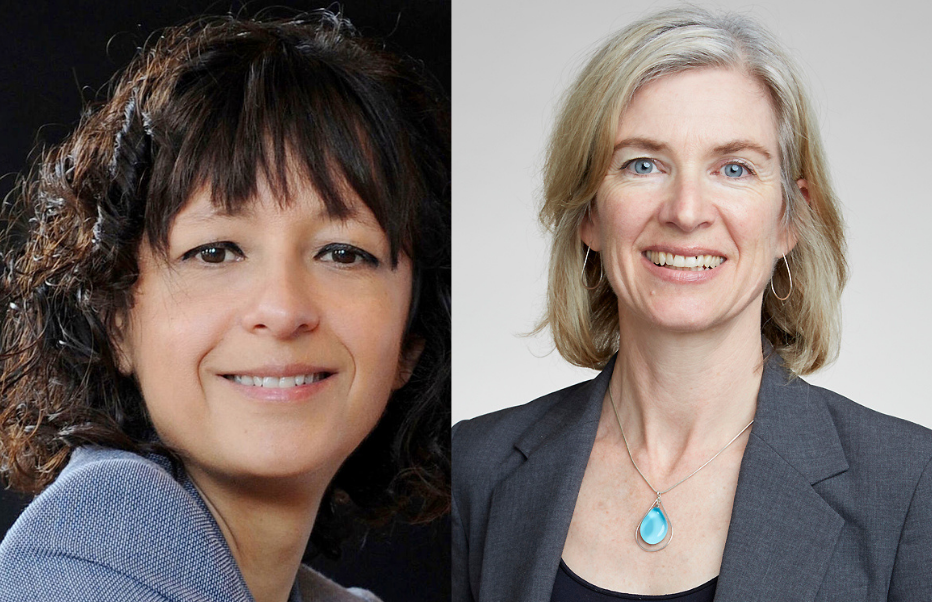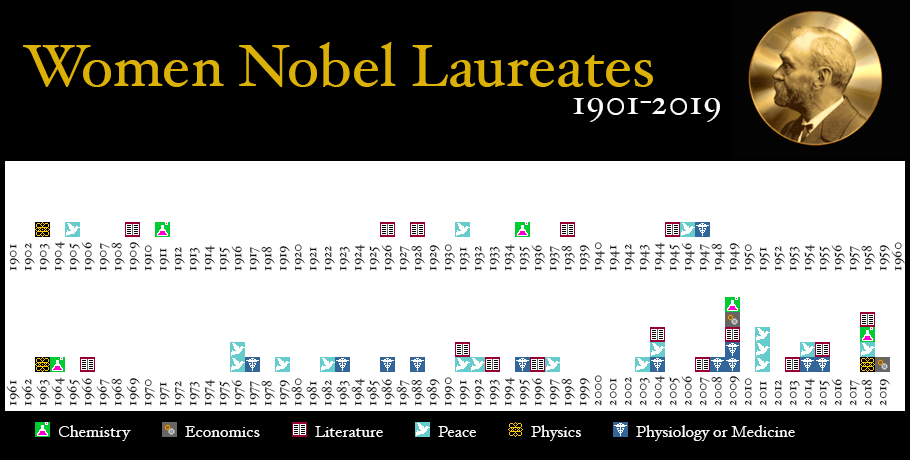2020 Nobel chemistry prize awarded to CRISPR pioneers

EMMANUELLE CHARPENTIER (LEFT) AND JENNIFER A. DOUDNA (RIGHT). PHOTOS COURTESY OF WIKIPEDIA.
French scientist Emmanuelle Charpentier of the Max Planck Unit for the Science of Pathogens and American biochemist Jennifer A. Doudna of the University of California, Berkeley, received the 2020 Nobel Prize in Chemistry Wednesday. They won the distinction for developing a method of genome editing called CRISPR (or clustered regularly interspaced short palindromic repeats), which is used to cheaply edit the DNA of everything, from animals to plants to microorganisms, with high precision.
Charpentier and Doudna first demonstrated that CRISPR could edit DNA in a 2012 paper published in the journal Science. The tool is now commonplace in labs worldwide.
CRISPR has spawned entire industries dedicated to discovering new medicines, pest control technologies, and agricultural products. It is contributing to new cancer treatments and may one day help scientists cure hereditary diseases.
“There is enormous power in this genetic tool, which affects us all. It has not only revolutionized basic science but also resulted in innovative crops and will lead to ground-breaking new medical treatments,” Claes Gustafsson, chair of the Nobel Committee for Chemistry, said in a statement.
Charpentier and Doudna are the sixth and seventh women to win Nobel prizes in chemistry, joining Maria Skłodowska-Curie – or Marie Curie – in 1911, Irène Joliot-Curie in 1935, Dorothy Hodgkin in 1964, Ada Yonath in 2009, and Frances Arnold in 2018.
Only 3.8 per cent of chemistry Nobel laureates are women.

Emmanuelle Charpentier’s CRISPR research began unexpectedly, as per nobelprize.org:
During Emmanuelle Charpentier’s studies of Streptococcus pyogenes, one of the bacteria that cause the most harm to humanity, she discovered a previously unknown molecule, tracrRNA. Her work showed that tracrRNA is part of bacteria’s ancient immune system, CRISPR/Cas, that disarms viruses by cleaving their DNA.
Charpentier published her discovery in 2011. The same year, she initiated a collaboration with Jennifer Doudna, an experienced biochemist with vast knowledge of RNA. Together, they succeeded in recreating the bacteria’s genetic scissors in a test tube and simplifying the scissors’ molecular components so they were easier to use.
There was speculation that Feng Zhang of the Board Institute would share the prize, Science reports, for demonstrating that CRISPR worked in mammalian cells. The institutions of Charpentier, Doudna, and Zhang are embroiled in a patent battle over ownership of the intellectual property rights to CRISPR, which could be worth billions.
On Monday, the Nobel committee awarded the prize for physiology and medicine to American researchers Harvey J. Alter and Charles M. Rice, alongside British-born scientist Michael Houghton “for the discovery of the Hepatitis C virus.“
Tuesday’s physics prize went to Roger Penrose of Britain, Reinhard Genzel of Germany, and American researcher Andrea Ghez for their research on black holes. Ghez is the fourth woman to win a Nobel Prize in physics, joining Marie Curie in 1903, Maria Goeppert-Mayer in 1963, and Donna Strickland in 2018.

SUPPORT WE REP STEM AND HELP US CREATE MORE RAD CONTENT.
